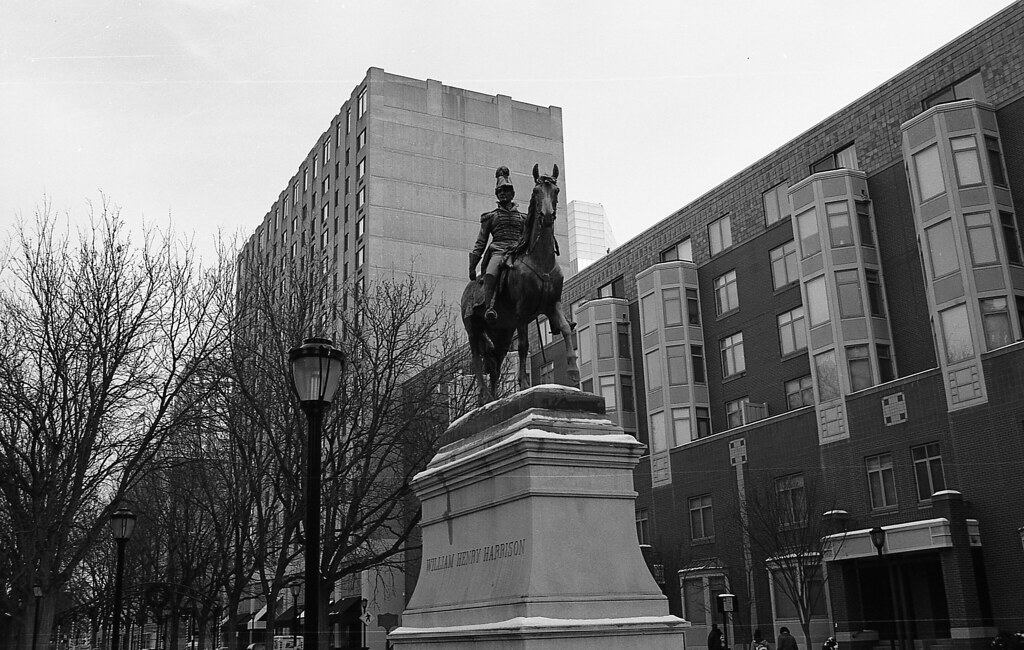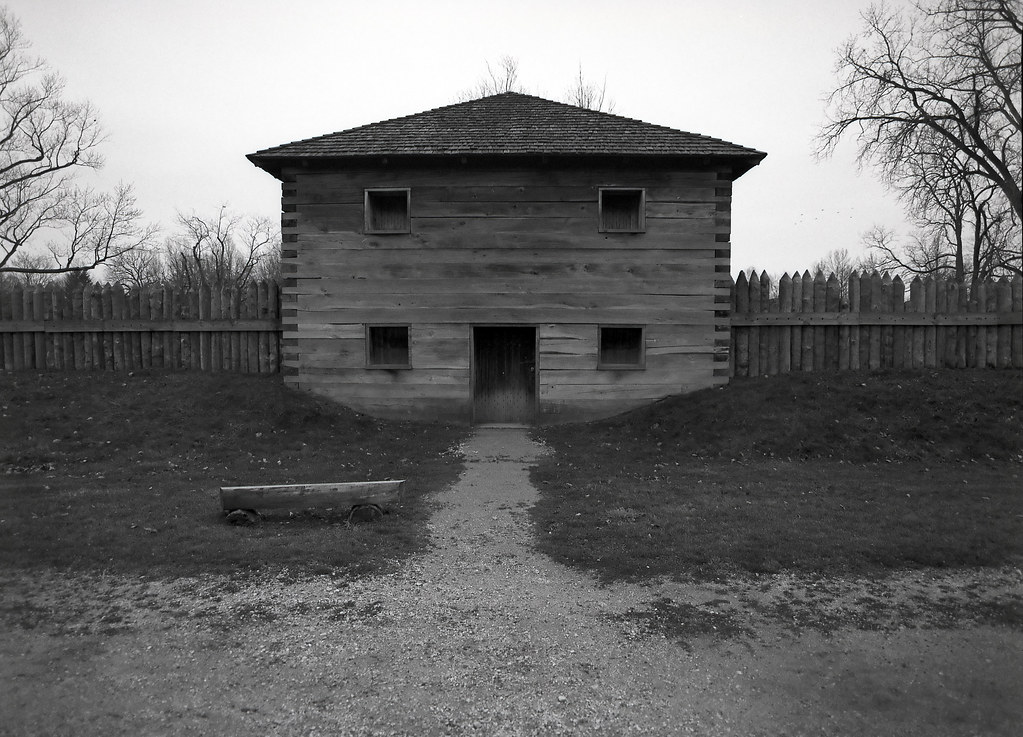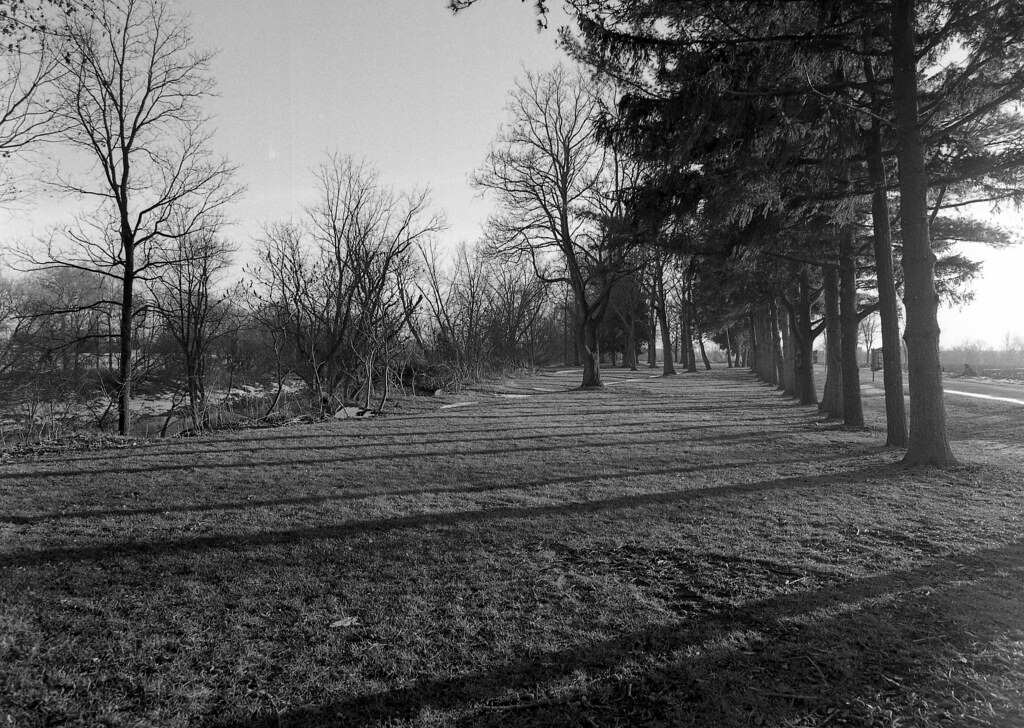Born into the American aristocracy on August 9th, 1773. Harrison was the youngest of seven children born to Benjamin Harrison V and his wife Elizabeth. He grew up on he Berkely Planation in Charles City County Virginia. He entered school at age 14 studying the classics, then entered the field of medicine at the University of Pennsylvania in 1790, after the death of his father in 1791 leaving little funds for him to continue his studies a friend arranged for him to meet Governor Henry Lee, and within a day Harrison accepted an Ensigns commission in the United States Army and was assigned to the 11th US Infantry stationed in Cincinnati in the Northwest Territory where they were currently engaged in the Northwest Indian War. General “Mad” Anthony Wayne promoted Harrison to Lieutenant in 1792 after he took command of the Army of the Northwest, and then to Captain serving as the General’s Aide-Du-Camp, during this post Harrison learned the fine art of command of an army on the frontier. Harrison was present at the Battle of Fallen Timbers in 1794 ending the Northwest Indian War. Harrison eloped with Anna Symmes in November of 1795, despite her father’s refusal.

William Henry Harrison’s Statue in downtown Cincinnati
Nikon F4 – AF Nikkor 35mm 1:2D – ORWO UN54 – PMK Pyro (1+2+100) 13:00 @ 21C
Harrison resigned his commission in the army in 1798 accepting the public office of secretary of the Northwest Territory and in 1801 aided in the creation and accepted the seat of governor of the newly created Indiana Territory. As governor he was responsible for the safety of the American settlers flooding and arranging deeds to the land from the natives for the same settlers. It was in 1809 that the great Shawnee leader Tecumseh and his brother known as the Prophet began forming a confederation of the natives of the many tribes that occupied the North West and the Indiana Territories. The native warriors began raiding the American settlements and Harrison was again placed into the role of General, finally leading a force of troops into the center of Tecumseh’s confederation, the Battle of Tippecanoe in 1811 did little to break the confederacy, but it did make Harrison an enemy which would come back to haunt him the following year.

Battle of Tippecanoe Monument
Nikon FM2 – AI-S Nikkor 50mm 1:1.4 – Kodak Tri-X 400 (400TX) – HC-110 Dil. B 4:30 @ 20C
When war was declared against the British Empire in the summer of 1812, Harrison was given command of the Army stationed in Indiana. The war only made the native raids stronger as Tecumseh had allied his confederacy with the British Army. After Detroit was taken in August of 1812, President Madison replaced General Hull as the commander of the army in the area to James Winchester. Winchester recognizing Harrison’s ability offered a commission as a Brigadier General in the Army of the Northwest, a commission Harrison turned down. Instead Harrison went to the President and requested sole command, a request the President granted on September 17th, 1812 with a General’s commission. Harrison quickly set to building a series of forts through the Northwest Territories to serve as defense and supply depots for the army, the largest being Fort Meigs. Harrison was successful in repelling two attempts to seize the fort by British forces in spring and summer of 1813 while gathering a large force to take back Detroit and invade the western frontier of Upper Canada. His army complete, Harrison marched off in the fall of 1813, quickly overwhelming the British forces at Detroit and Amhurstburg. Harrison then continued to chase British General Procture to Thamesville defeating the British and their Native Allies at the Battle of the Thames, the battle that saw the Shawnee Chief Tecumseh killed in action. The battle ensured that the British could never field an army in the west for the rest of the war. John Armstrong, Secretary of War did not approve of Harrison’s tactics and methods and reassigned him to a small backwater post, dividing up the Army of the Northwest giving the better commands to Harrison’s subordinates. In protest Harrison resigned his commission, after the war ended in February of 1815 his resignation was investigated and congress, they found that Harrison had indeed been mistreated by Armstrong and awarded Harrison the Congressional Gold Medal and he became a national hero.

Fort Meigs, the largest supply Fort that Harrison had built to support his Army of the Northwest
Pentax 645 – SMC Pentax A 645 35mm 1:3.5 – Kodak Tri-X Pan (320TXP)
HC-110 Dil. B 5:30 @ 20C
Although Harrison never returned to the US Army he continued to serve in public office, serving in the state government from 1816 to 1819. He failed to be elected to the federal government in 1822, but made a successful run to the US Senate in 1824 serving until 1828 before retiring to his Ohio farm in 1829. He was brought forward as the Presidential candidate for the Whig party in 1839 but was unsuccessful; a second run in 1840 with a campaign stop at the site of the former site of Fort Meigs propelled him to the office of the President. Harrison took the oath of office on March 4th, 1841; he delivered the longest acceptance speech in US History, clocking in at two hours. His term as president was the shortest in US History, after taking office Harrison took ill, and despite many attempts and treatment it only got worse. Complications from pneumonia saw the President dead on April 4th, 1841. At that time there was no clear laws on who would succeed the President, as this was the first time a president had died while in office. After much debate the government agreed that Harrison’s Vice-President, John Tyler would be the one to succeed him. The resulting 25th Amendment was then signed into law that gave the government a clear line of succession should another president died in office. Harrison was buried in the southwest Ohio, a territory he helped tame and that became his adopted home.

The Battle of the Thames, Harrison’s greatest victory.
Pentax 645 – SMC Pentax A 645 35mm 1:3.5 – Kodak Tri-X (400TX) @ ASA-200 – HC-110 Dil. E 6:30 @ 20C
Written with files from:
Guidebook to the Historic Sites of the War of 1812 Second Edition by Gilbert Collins – 2006 The Dundurn Group Publishers
Web: www.whitehouse.gov/about/presidents/williamhenryharrison
Web: www.ipl.org/div/potus/whharrison.html